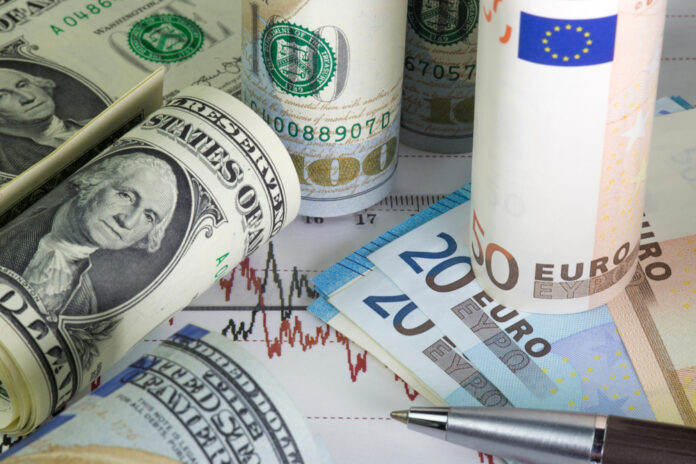The U.S. dollar edged lower on Tuesday, giving back overnight gains as markets weighed the latest developments in President Donald Trump’s trade negotiations.
As of 04:10 ET (08:10 GMT), the U.S. Dollar Index—tracking the greenback against a basket of six major currencies—fell 0.2% to 96.910, after reaching a high of 97.280 overnight.
Greenback Gives Up Gains Amid Tariff Uncertainty
The pullback followed Trump’s announcement late Monday that he had sent letters to 14 countries, including Japan and South Korea, outlining sharply increased tariffs on imports to the U.S. The president also extended the July 9 deadline for new trade agreements to August 1, though he noted the timeline was flexible and subject to revision.
Analysts at ING suggested markets are treating the letters as a negotiation tactic rather than a final policy move: “The market seems to be taking the view that nothing is final… The DXY is consolidating above 96.50, with a broader 96.50–98.00 range likely ahead of the June CPI release.”
Euro Rises on Trade Optimism
The euro climbed on the back of trade optimism, with EUR/USD up 0.5% to 1.1761.
The European Union, not included in the latest tariff round, is continuing negotiations with the U.S. A spokesperson said European Commission President Ursula von der Leyen had a “good exchange” with Trump and hopes to finalize a deal by Wednesday.
ING noted that the EU’s large consumer base provides leverage: “Reports suggest the U.S. may maintain the baseline 10% tariff on EU imports, while certain sectors like aircraft or beverages could receive exemptions.”
However, German trade data slightly dampened sentiment. Exports fell 1.4% in May, compared to an expected 0.2% decline, driven by a 7.7% drop in shipments to the U.S., following earlier surges tied to tariff fears.
Pound Holds Near Highs on Trade Certainty and BoE Outlook
GBP/USD rose 0.3% to 1.3642, staying close to last week’s high of 1.3787, its strongest level since October 2021.
The U.K., one of the few nations with a finalized trade agreement, is benefiting from greater certainty. Additionally, persistent domestic inflation continues to support expectations that the Bank of England will maintain a hawkish stance.
Aussie Jumps After RBA Surprise Hold
In Asia, AUD/USD surged 0.7% to 0.6543 after the Reserve Bank of Australia (RBA) held interest rates steady, defying expectations for a rate cut.
The RBA cited ongoing uncertainty around global conditions and trade risks, choosing to wait for clearer signs of sustained disinflation. While Australia has seen substantial disinflation since 2022, recent CPI data came in stronger than anticipated.
Yen and Yuan Mixed on Tariff Caution
Meanwhile, USD/JPY rose 0.1% to 146.10, with the yen stabilizing after nearly a 1% drop overnight following Tokyo’s receipt of a tariff notification from the U.S.
USD/CNY slipped 0.1% to 7.1715 as markets remained cautious amid ongoing China-U.S. trade tensions.



